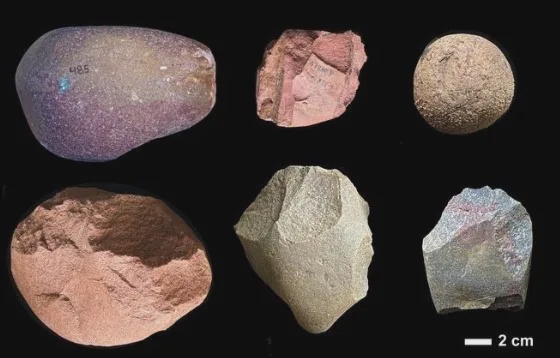Overview
- Analysis of 401 stone artifacts from Nyayanga links raw materials to outcrops up to 13 kilometers away, showing that hominins strayed far beyond local sources.
- The evidence pushes back clear signs of long-distance material transport by about 600,000 years, to the very start of the Oldowan toolmaking tradition.
- Use-wear and residue traces on the tools indicate they were employed in pounding, slicing and scraping plant matter as well as butchering large animals, including hippopotamids.
- Researchers interpret these procurement patterns as evidence that early hominins possessed mental mapping and planning skills to move stone toward food-rich areas.
- Although Paranthropus fossils are found at Nyayanga, no direct proof identifies which hominin species manufactured the tools, suggesting multiple taxa may have contributed to early Oldowan technology.


